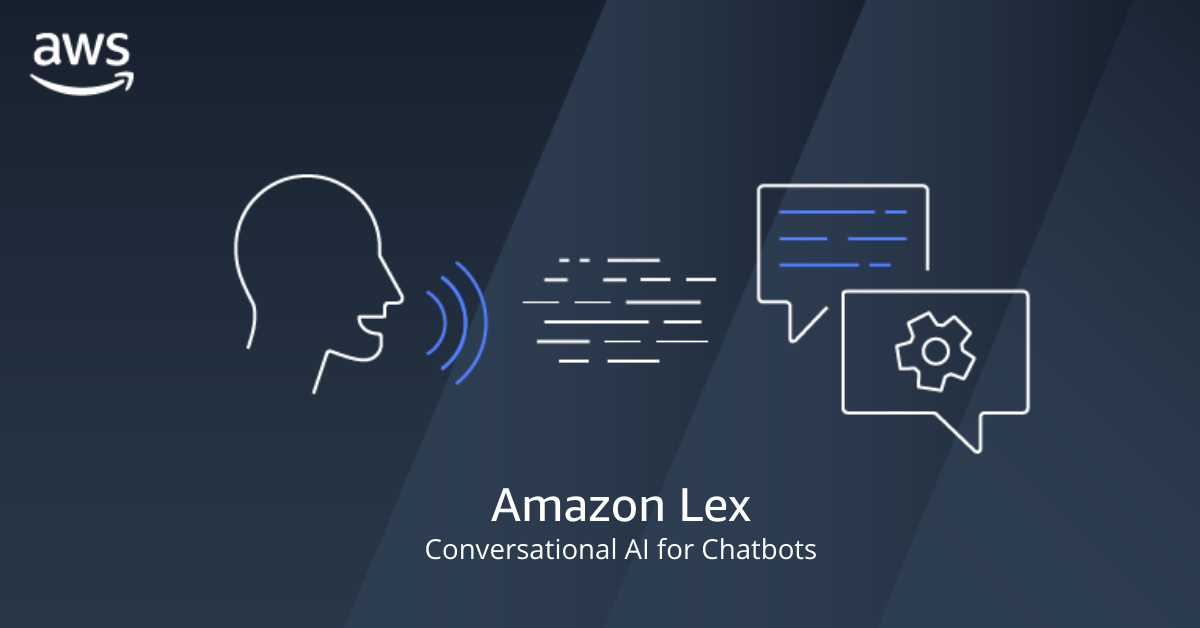How to Use Amazon Lex in AWS
 Sumit Mondal
Sumit Mondal
Introduction: In the vast landscape of Amazon Web Services (AWS), there's a powerful tool that can bring conversational interfaces to your applications - Amazon Lex. Designed to make it easy for developers to build chatbots and voice-enabled applications, Amazon Lex simplifies the process of natural language understanding and interaction. In this blog post, we'll take you through the basics of using Amazon Lex in AWS in a simple and easy-to-follow manner.
Understanding Amazon Lex: Amazon Lex is a service for building conversational interfaces using voice and text. It employs the same technology that powers Amazon Alexa, enabling you to create chatbots that can engage in natural conversations with users. Here's a step-by-step guide on how to get started with Amazon Lex:
Access AWS Management Console:
Log in to your AWS account.
Navigate to the AWS Management Console.
Open Amazon Lex Console:
- In the AWS Management Console, find the "Amazon Lex" service and click on it.
Create a New Bot:
Click on the "Create" button to start building your chatbot.
Choose between a custom bot or a sample bot to get started quickly.
Define Your Bot:
Name your bot and select a language.
Configure the output voice for voice-enabled applications.
Create Intents:
Intents represent the purpose of user input. Define intents based on the actions your bot should take.
For each intent, specify sample phrases users might use to trigger that intent.
Build Utterances:
- Utterances are examples of what users might say to invoke a specific intent. Create a variety of utterances to help the bot understand user input better.
Define Slots:
- Slots are placeholders for data you want the bot to collect from the user. Define slots to capture relevant information during the conversation.
Fulfillment:
- Define how the bot should fulfill the user's request. You can integrate with Lambda functions or other AWS services to execute the desired actions.
Test Your Bot:
- Use the built-in testing console to interact with your bot and ensure it understands and responds appropriately.
Deploy Your Bot:
- Once satisfied with your bot's performance, deploy it so that it can be accessed by users or integrated into your applications.
Integrate with Applications:
- Use the provided SDKs or APIs to integrate your Amazon Lex chatbot into various applications, websites, or other platforms.
Monitor and Iterate:
- Keep an eye on your bot's performance using Amazon CloudWatch metrics. Iterate and improve based on user feedback and evolving requirements.
Conclusion: Congratulations! You've just embarked on your journey to leverage the power of Amazon Lex in AWS. Whether you're building a customer support chatbot, a virtual assistant, or an innovative application, Amazon Lex makes it easier than ever to create conversational interfaces. Remember to explore the AWS documentation for more advanced features and customization options as you continue to refine and enhance your chatbot. Happy building!
Subscribe to my newsletter
Read articles from Sumit Mondal directly inside your inbox. Subscribe to the newsletter, and don't miss out.
Written by

Sumit Mondal
Sumit Mondal
Hello Hashnode Community! I'm Sumit Mondal, your friendly neighborhood DevOps Engineer on a mission to elevate the world of software development and operations! Join me on Hashnode, and let's code, deploy, and innovate our way to success! Together, we'll shape the future of DevOps one commit at a time. #DevOps #Automation #ContinuousDelivery #HashnodeHero